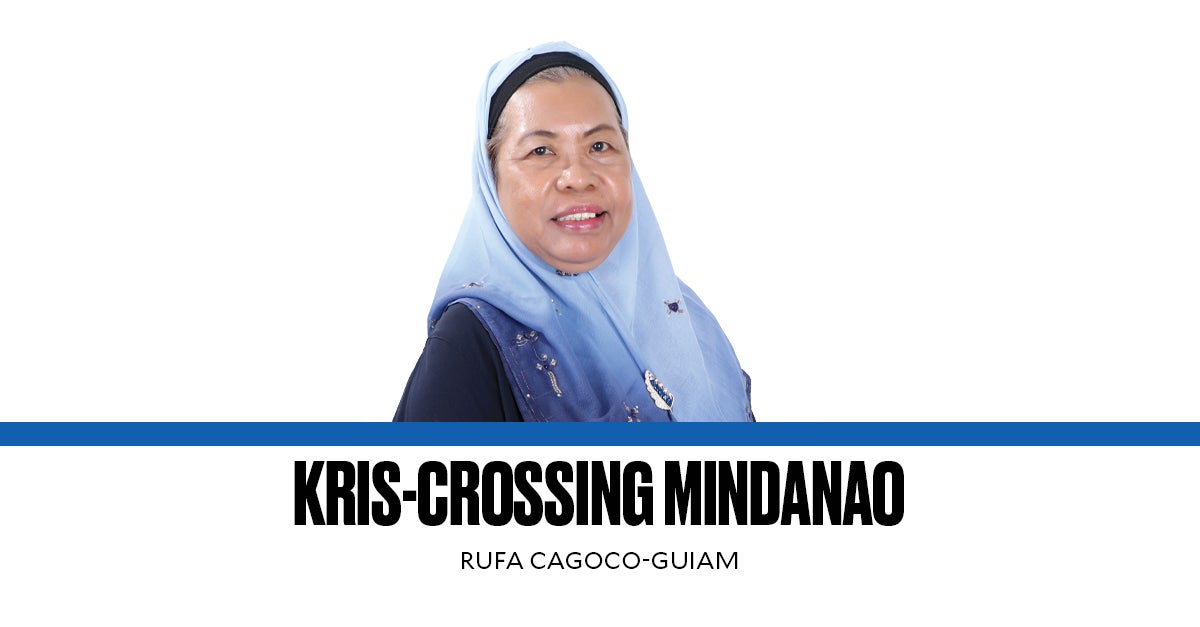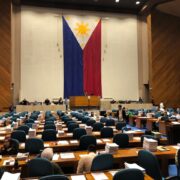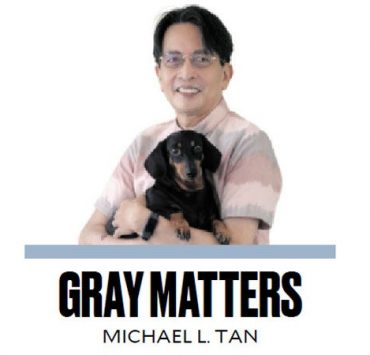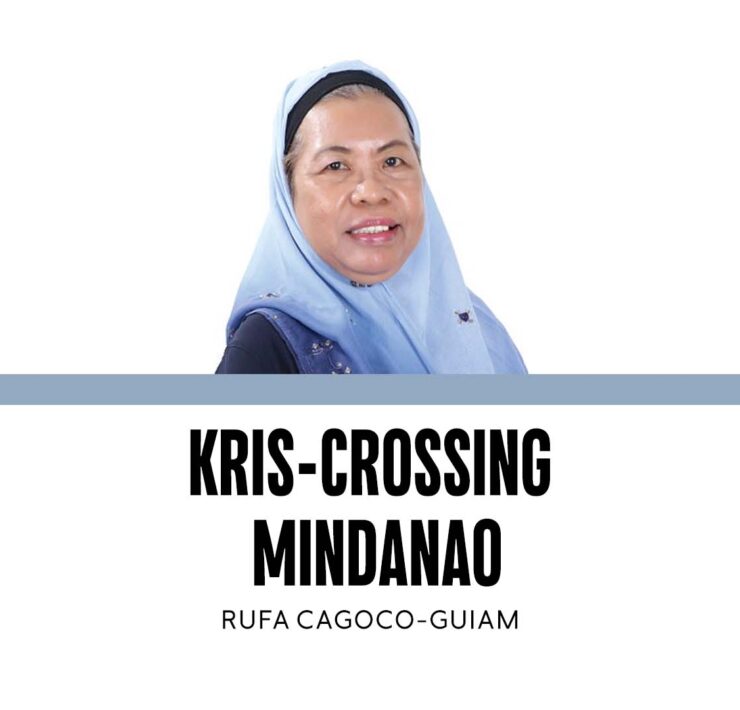‘Publish or perish’

Today I digress from my usual weekly political commentaries to call attention to something that has bothered me for quite some time as a former academic. While I am no longer teaching in the classrooms of the universities that I used to be part of, I continue to do mentoring work and provision of technical guidance to various social development initiatives of the Bangsamoro Autonomous Region in Muslim Mindanao (BARMM) ministries, offices, and agencies.
My attention was called to the issue of intellectual dishonesty among college professors lately. A good friend of mine who is still part of the faculty of a state university posted on her social media wall the sad reality (but true) in many local institutions of higher learning, not only in Mindanao but throughout the country.
That friend has written several peer-reviewed articles that have been published in local and international journals. She has seen how many professors succumb to the usual line of least resistance, choosing to do shortcut approaches in pursuing intellectual growth. This is the practice of circumventing stringent requirements to design and implement research projects, writing reports on them, and publishing these reports for dissemination to fellow academics. Some action-oriented professors strive to write simpler, more popular versions of their scholarly findings for local and regional policymakers for them to rationalize their development plans and initiatives. In this way, professors’ studies will not just gather dust on library shelves, becoming part of the bulk of studies that have not been read at all.
Sometime back while doing my post-graduate courses at the University of Hawaii, I often heard from my professors this phrase “publish or perish.” Translating it to millennial lingo, this is the “hashtag” for those in academe who want to ensure a tenured faculty position in a university. My professors disclosed they only taught at least two subjects in graduate school, and one undergraduate course. The reason: they were required to undertake research projects in their field of specialization, and the results of these studies should also see publication in reputable, peer-reviewed academic journals. A professor who did not engage in research and publication of her studies is a candidate for being eased out, (“perish”) or erased in the roster of tenured faculty members.
Such an academic requisite is true not only in Western-based universities but also in other Asian reputable institutions of higher learning, like the National University of Singapore, among others. Many Southeast and East Asian universities have already made their mark in terms of producing not only scholarly articles and books but also world-renowned intellectuals whose ideas and overall erudition have influenced many Filipino intellectuals as well.
However, in many local universities, the competition for promotion to the next higher rank for professors is such that only a few determined and highly motivated academics can reach the highest possible rank they can access. One stringent requirement is the number of publications a professor has in her portfolio, and that these publications are certified to be in peer-reviewed, reputable, and widely acknowledged professional journals.
These are Scopus-certified journals, or publications that are expertly curated with citation database, with “enriched data and linked scholarly literature across a wide variety of disciplines.” This is to differentiate Scopus from “predatory” research journals that are produced by commercially driven groups of pseudo-academics who prey on those who do not make the grade for Scopus-accredited journals. Publishers of predatory journals require payment from those who cannot make it to Scopus-level journals. Indolent professors succumb to this to show they also have a publication portfolio to meet the required academic rank promotion requirements.
Another sad reality (again) faced by professors is being overloaded with teaching work, with professors being burdened with a heavy 21-unit teaching load every semester. This is the required teaching load for full-time faculty, and this translates to teaching seven classes of at least 1.5 hours each within a five-day workweek. The hours of preparing for classes, checking students’ papers and consultation with students are not included here. It also does not include special assignments and designations, especially during the university accreditation process when almost all faculty members and even students are on their toes to look for sources of documentary evidence needed for accreditation.
One fellow academic asked me a rhetorical question: Given our heavy teaching loads, how can we find time to do research and publish the results in Scopus journals?
(To be concluded next week)
—————-
rcguiam@gmail.com


















